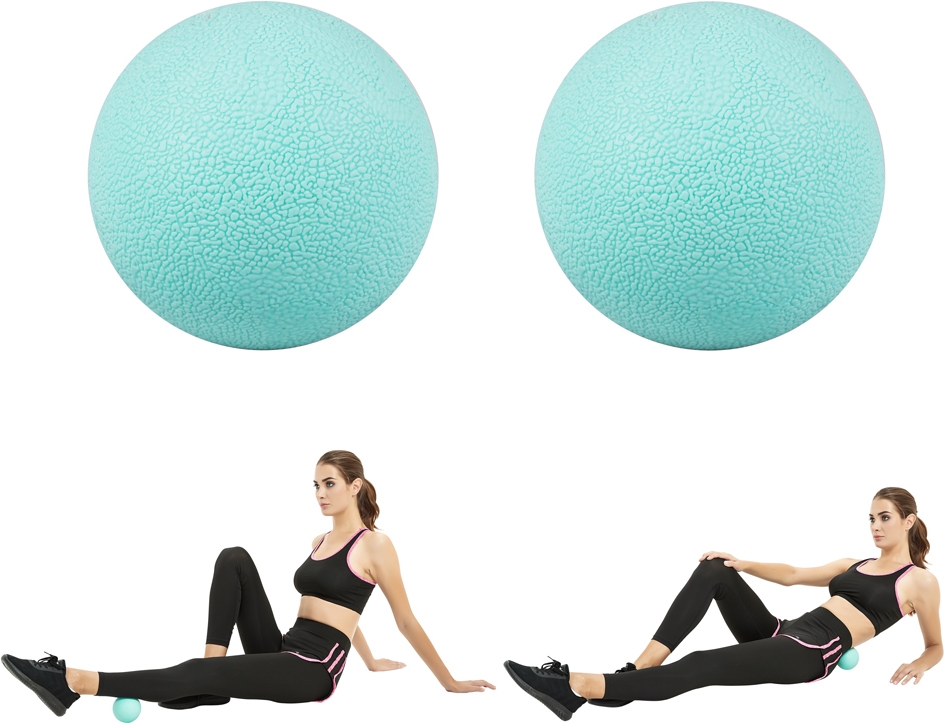Okulaarid seatud K 10mm and K 25mm, Omegon - Hobikaubad
Okulaarid seatud K 10mm and K 25mm, Omegon - Hobikaubad
Okulaarid seatud K 10mm and K 25mm, Omegon - Hobikaubad
Okulaarid seatud K 10mm and K 25mm, Omegon - Hobikaubad
Okulaarid seatud K 10mm and K 25mm, Omegon - Hobikaubad
Okulaarid seatud K 10mm and K 25mm, Omegon - Hobikaubad
| Klienditugi 560 45 000 |
E-post info@hobikaubad.ee |
560 45 000
- Digital levels and angle finders
- Electricity and cable testers
- Mesuring tapes and mesuring wheels
- Metal, wiring and wood detectors
Okulaarid seatud K 10mm and K 25mm, Omegon
KM-ta: 20.41€
MaksmineMeie e-poes on võimalik tasuda arvega ja pangalingiga | |
SoodustusedIgal nädalal uued soodustooted ja püsikliendi soodustus | |
Kauba tagastamineKauba saate soovikorral tagastada 14 päeva jooksul | |
Product description:
Omegon 10mm and 25mm eyepiece set - magnify objects to observe more detail
A telescope and its eyepieces - they go together like a camera and its lenses. Only when you insert an eyepiece into a telescope do you see first an image and the magnification it gives. This very competitively priced eyepiece set consists of a 10mm and a 25mm eyepiece. These two 1.25 inch eyepieces can be the basic accessories for your first observing.
The 25mm eyepiece - for getting started observing the night sky
25mm gives a low magnification which is optimal for locating objects or for seeing the Moon or other large objects in their entirety. And then, when you have enjoyed observing the object, you can move to the next step - the 10mm eyepiece.
10mm Eyepiece - for seeing more detail
The smaller the focal length, the greater the magnification. 10mm gives you a middle-range magnification for going into more detail. For example, in a telescope with a 750mm focal length, 75X magnification. Or in a telescope with a 1000mm focal length, 100X magnification.
Your observing could look like this
So you've visited the Moon using the 25mm eyepiece, and seen the alternating dark and light areas. But what's that? - at the light-dark boundary of the 'terminator', there seems to be a crater. It looks sort of craggy. Of course you want to take a closer look - so the 25mm eyepiece comes out of the focuser and the 10mm eyepiece is inserted into it. Now you can't see the entire moon, only a part of it. But the crater now seems closer and suddenly you can see a thousand details in it - as if you were hovering directly over it in your Apollo Moon rocket. You see a crater wall and a central mountain that casts a shadow on the crater floor.
The advantages:
- basic eyepiece set for your first observing
- very low price
- 10mm and 25mm eyepieces for low and medium magnification
- 1.25 inch - fit into the focuser of any modern telescope
- filter thread - for using a moon filter, for example
Specifications:
Capacity | |
| Focal length (mm) | 10; 25 |
| Apparent field of view (°) | 50 |
| Coating of optical system | multiple |
| Connection (to the telescope) | 1,25" |
Special features | |
| Homofocal | - |
| Filter thread | yes |
Equipment | |
| Number of eyepieces (piece) | 2 |
| Connection (to the telescope) | 1,25" |
General | |
| Type | Eyepiece |
| Type of build | Kellner |
|
|






